A recent report by the Congressional Research Service (CRS) has raised alarms about the significant presence of terrorist organizations in Afghanistan, underscoring the profound threat they pose to regional security, particularly to neighboring Pakistan.
According to the CRS report, the Tehrik-i-Taliban Pakistan (TTP) enjoys considerable support and facilitation from both Al-Qaeda and the Afghan Taliban, which has exacerbated the frequency and intensity of attacks in Pakistan. The report draws on data from various sources, including the United Nations Sanctions Monitoring Team, which confirms the persistent threat emanating from Afghanistan.
The United Nations sanctions monitoring report, cited by CRS, explicitly states, “Terrorists in Afghanistan are a major threat to the security of the region.” This threat is compounded by the deep-rooted presence of Al-Qaeda, which has been entrenched in Afghanistan since 1990. Despite the Taliban’s ostensible efforts to limit Al-Qaeda’s activities to mitigate international tensions, the terrorist group remains active, particularly in eastern Afghanistan where it is restructuring and establishing new training centers.
The January 2024 UN Sanctions Monitor report further elaborates on Al-Qaeda’s current capabilities, noting that while the group operates training camps, seminaries, and safe havens, it lacks the capacity to orchestrate sophisticated long-range attacks. This revelation highlights a shift in Al-Qaeda’s strategy and operational focus within Afghanistan.
The resurgence of the TTP following the Taliban’s takeover of Afghanistan in 2021 has led to a marked increase in cross-border attacks on Pakistan. The TTP, which harbors an anti-Pakistan agenda, has seen a significant influx of members from the Afghan Taliban, bolstering its ranks and operational capacity.
The report also sheds light on the Islamic State of Khorasan (ISIS-K), deemed the most dangerous terrorist organization in Afghanistan. ISIS-K, listed as a terrorist organization in 2016, has been responsible for multiple high-casualty attacks, including those beyond Afghanistan’s borders, such as a deadly assault in Russia in March 2024. The group is reported to recruit extensively from across Central Asia and currently boasts an estimated 2,000 to 5,000 fighters.
In addition to these groups, Afghanistan hosts other militant organizations like the Islamic Movement of Uzbekistan and the Eastern Turkistan Islamic Movement, which conduct operations extending into Central Asian states. Notably, the Eastern Turkistan Islamic Movement’s headquarters remains under Taliban control in northwestern Afghanistan.
The CRS report concludes with a stark warning: the persistent presence of these terrorist organizations in Afghanistan poses a formidable obstacle to the region’s stability and development. It calls for immediate international action to address and mitigate this growing threat.
This comprehensive assessment by the CRS underscores the urgent need for coordinated efforts to combat terrorism in Afghanistan, highlighting the complex and interwoven nature of regional security dynamics.

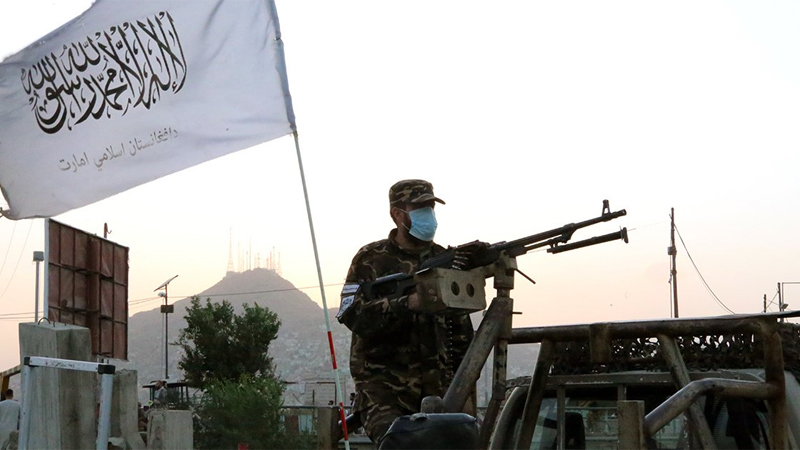
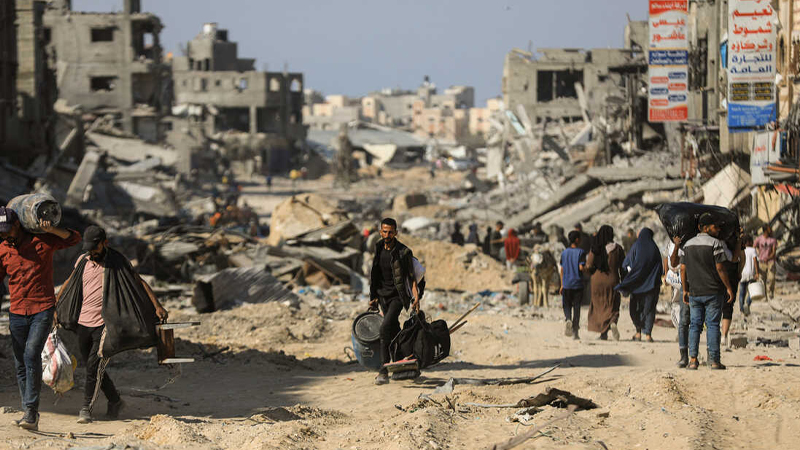


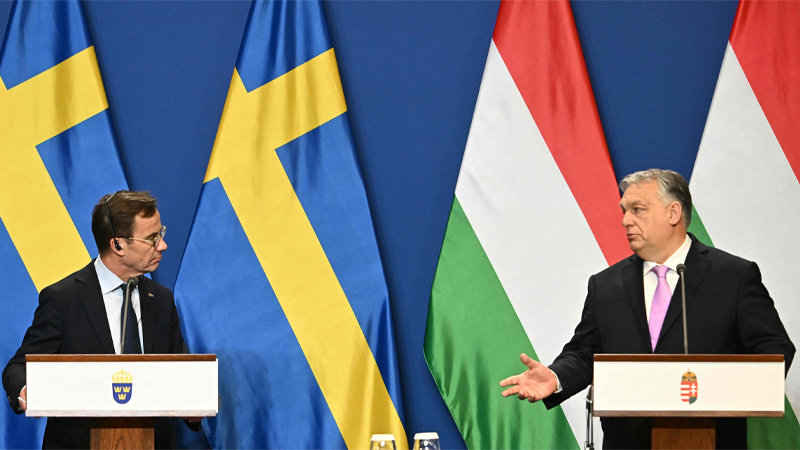


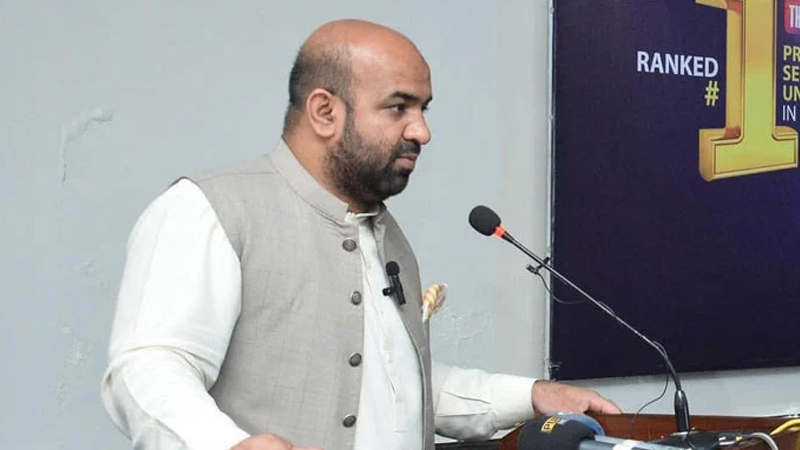

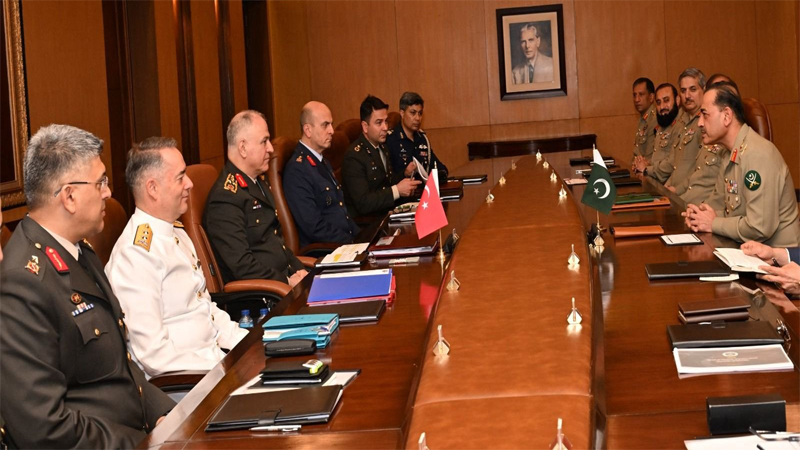
Leave a Reply